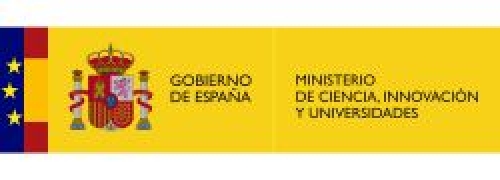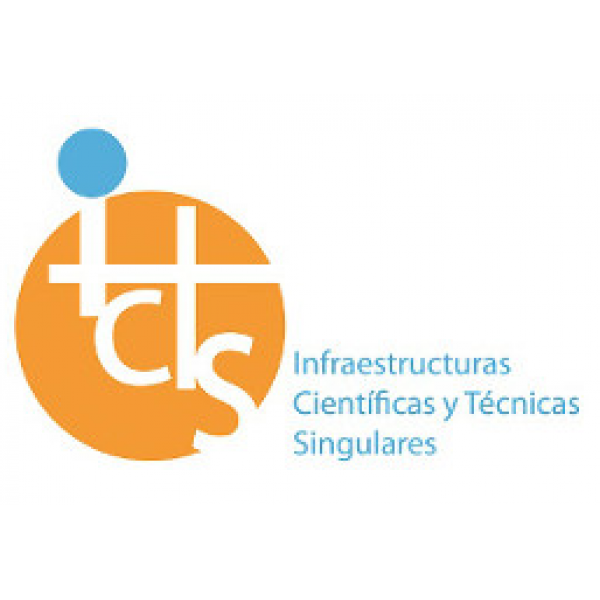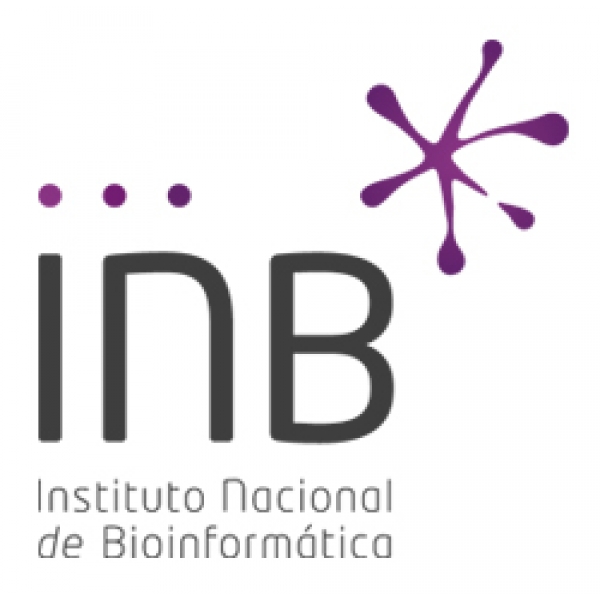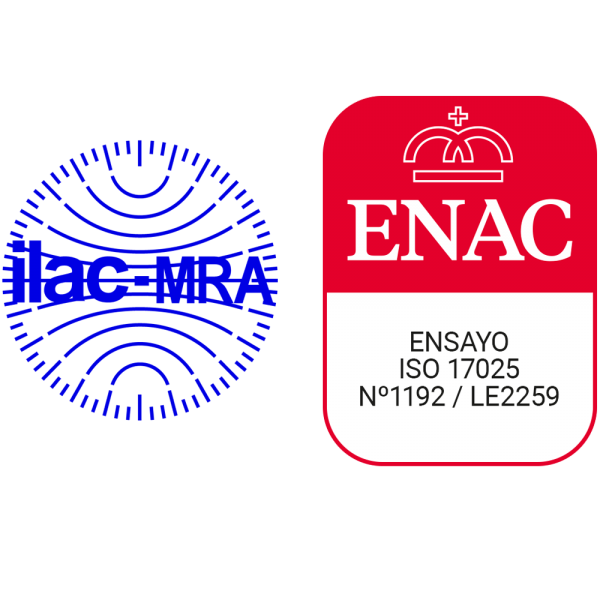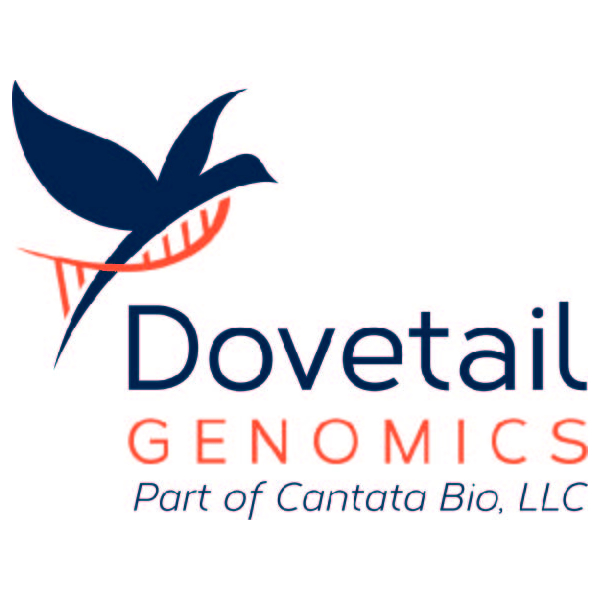The EU Member States’ initiative 1+ Million Genomes (1+MG) aims to enable secure access to genomic and corresponding clinical data across Europe, supporting research, health policy and personalised healthcare. This initiative follows a two-staged roadmap, via the...
There are over 330 million people living on the planet affected by one of over 6,000 identified genetic rare diseases (RD). They urgently need timely diagnosis and development of specific treatments. Although Europe leads the way in RD research, there is a clear gap in research and innovation (R...
Genome of Europe (GoE) is the most extensive EU-funded program on population genomics to date, “Genome of Europe” (GoE). This groundbreaking initiative will establish a unique pan-European reference database of at least 100,000 genomes to generate the reference genome through integration of genome...
REVTRANSLOC: Reversing the effect of t(9;11) translocation in Acute Myeloid Leukemia (AML)
The main objective of the project REVTRANSLOC is to reverse the effects of a translocation on the expression of the resulting fusion protein. To achieve this, the researchers rely on the hypothesis...
Xatardia scabra is an endemic species found in the eastern Pyrenees, inhabiting the scree slopes of alpine and subalpine regions between (1600) 1900-2900 meters above sea level. It is considered vulnerable on the French Red List and is one of the plants being studied in various European projects...
In the Països Catalans (PPCC) lacertid lizards represent the most diverse squamate group, with 8 genera and 17 species. Reference genomes are already available for representatives of Lacerta, Zootoca, Podarcis and Iberoalcerta, making this project an ideal opportunity to complete the number of...


